Building Cuomo's New York
by Brendan O’Connor

Earlier this week, Preet Bharara, U.S. Attorney for the Southern District of New York, having investigated Governor Andrew Cuomo’s premature disbandment of the anti-corruption Moreland Commission, announced that his office had found “insufficient evidence to prove a federal crime.” After Cuomo shut the commission down, Bharara’s office issued subpoenas for its findings, which ultimately led to the convictions of former State Assembly Speaker Sheldon Silver and former Senate Majority Leader Dean Skelos on federal corruption charges. On Wednesday, as Silver and Skelos awaited sentencing, the last man standing delivered his State of the State speech, calling for ethics reform and an extensive financial commitment to the state’s infrastructure. He was briefly interrupted by a heckler, Assemblyman Charles Barron (D-Brooklyn). “This is rhetoric,” Barron shouted. “Nonsense.” He was escorted out. “Just because you yell,” Cuomo yelled, “doesn’t mean you’re right.”
In the course of the speech, Cuomo expanded upon initiatives he’s hinted at or announced over the past week, including raising the minimum wage to $15 per hour for everyone (which placates the less radical left), a $20 billion plan to add a hundred thousand units of permanent housing all over the state within five years, and a $100 billion infrastructure plan. He also cried. “Life is such a precious gift, and I have kicked myself every day that I didn’t spend more time with my father at that end period,” he said. His father, former Governor Mario Cuomo, died on New Year’s Day last year, just a short while after his son’s second inauguration. “It was my mistake, and a mistake I blame myself for every day.”
Cuomo started hyping certain parts of his speech earlier this week. On Monday, Bill Mulrow, the governor’s secretary, told construction industry executives at the Mandarin Oriental that the infrastructure plan would be “the largest development in New York since Robert Moses.” It would also, he said, create more than a quarter-million jobs. According to Politico New York, Cuomo has proposed $22 billion for upstate roads and bridges; $700 million for the Thruway authority, which is building a $4 billion replacement for the Tappan Zee Bridge; $200 million on upstate airports; and $1 billion to build an AirTrain to LaGuardia from the 7 train stop at Willets Point in Queens. Cuomo also said the state will contribute, in part, to the development of a new rail tunnel under the Hudson River as well as adding a new, $1 billion track to the LIRR’s Main Line.
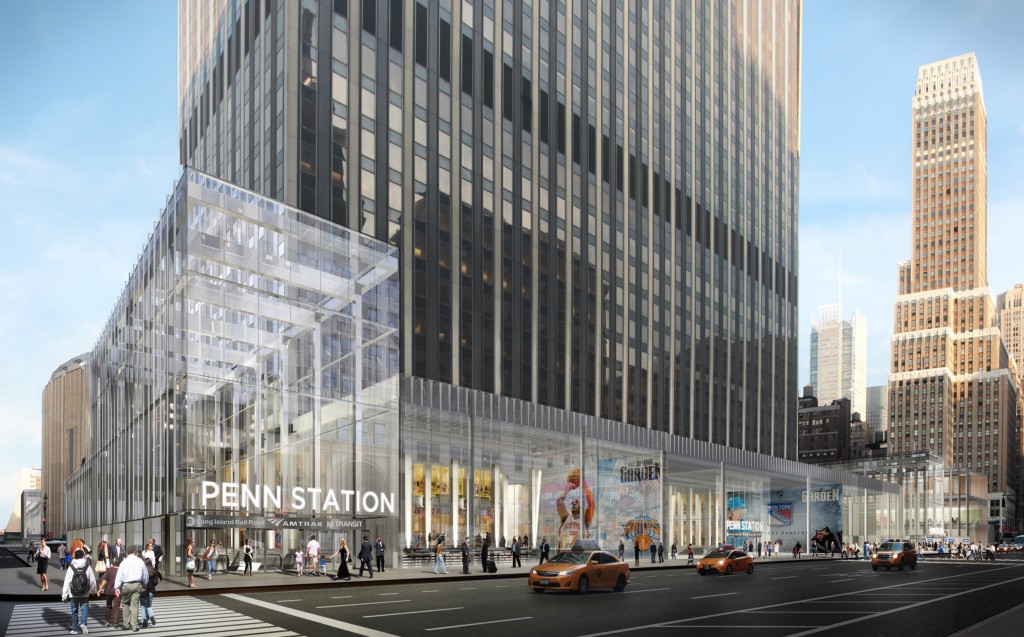
The centerpiece of Cuomo’s infrastructure plan, though, would be the redevelopment of Penn Station, extending it across Eighth Avenue into the General Post Office. At a news conference, at Madison Square Garden, Cuomo encouraged New Yorkers to “think big.” “What happens tomorrow depends on what we do today,” he said. “Let’s be as bold and ambitious as our forefathers before us.” Several plans for the redevelopment of Penn Station, through which more than six hundred thousand commuters and travelers pass each day (a number which is sure to only grow as the area becomes increasingly heavily trafficked), have been proposed. In the estimation of New York Times’ architecture critic Michael Kimmelman, however, Cuomo has not actually gone with the boldest one at all, which would involve moving Madison Square Garden altogether: “A new, 21st-century-worthy Penn Station, incorporating Penn South, and eventually accommodating high-speed trains, requires a coherent reorganization of the whole complex, with wider platforms; a safer, more consolidated layout to improve circulation; and more light and air. It’s hard to picture how any of that could happen as it should, with the Garden squatting on top of the station.”
In his address, Cuomo also directly addressed the city and state’s homelessness and housing crises, proposing to spend $9.7 billion to pay for ninety-four thousand below-market rate apartments, as well as $2.6 billion for six thousand units of supportive housing, which provide services like treatment for alcoholism and addiction and psychiatric rehabilitation. (Further, he promised to create another fourteen thousand units of supportive housing in fifteen years.) “New Yorkers have a big heart, but New Yorkers are also smart,” he said. “And society’s compassion must be matched with government confidence.” The governor has not yet established where these developments will be built.
Most concerning is that it’s not at all clear how the governor intends to pay for any of this. According to Politico, state funding will come in part by cutting close to $1 billion in state funding from the city’s budget — specifically by changing how the City University of New York is funded, and by forcing the city to become the only municipality in the state that pays for its own growth in Medicaid costs (estimated to be between $180 and $190 million in fiscal year 2017, increasing to $476 million the following fiscal year); and assuming control of the city’s STAR Personal Income Tax rebate.
In the first week of the new year, the new speaker, Carl Heastie (D-Bronx), proposed an income tax surcharge on New Yorkers making “somewhere around” $1 million annually. Cuomo has not yet responded to this suggestion, but has, in the past, consistently rejected attempts to raise taxes on the wealthy. The state and certain public authorities, like the MTA — on which Cuomo punted this morning — are limited in how much debt they can take on, and New York is reportedly rapidly approaching its cap. This means it is increasingly likely that financing the very grand and progressive things that Cuomo has proposed in his State of the State will require some kind of public-private partnership to avoid borrowing more money. A 2013 report from the New York State Comptroller explored the pros and cons of such partnerships: “It is important to recognize that private financing does not constitute a new source of funding — ultimately, the costs will be borne by the public.” An earlier report from the Congressional Budget Office, specifically addressing funding for highways, was even more cautious: “Private financing is unlikely to increase the availability of funds for highway projects because the revenues from taxpayers and from users of the highway are the source of repayment regardless of the financing mechanism chosen for the project.” Ultimately, the comptroller concluded, the public always bears the cost of public infrastructure.

Taken together, much of what Cuomo gestured towards in the State of the State, irrespective of its long-term feasibility, would seem not only to further his project of undermining Mayor Bill de Blasio wherever possible, but also what some argue is his real project — that is, to consolidate power. His secretary’s invocation of Robert Moses — a kind of benevolent dictator who bulldozed innumerable homes and displaced countless people in the name of affordability, infrastructure, and the (white) middle-class — may prove apropos. So the question becomes: With two of the Three Men in a Room awaiting sentencing, what is Cuomo going to do now that he’s the only one left?
Photos via Governor Cuomo’s Flickr
A Poem by C.D. Wright
by Mark Bibbins, Editor
only the crossing counts.
It’s not how we leave one’s life. How go off
the air. You never know, do you. You think you’re ready
for anything; then it happens, and you’re not. You’re really
not. The genesis of an ending, nothing
but a feeling, a slow movement, the dusting
of furniture with a remnant of the revenant’s shirt.
Seeing the candles sink in their sockets; we turn
away, yet the music never quits. The fire kisses our face.
O phthisis, O lotharian dead eye, no longer
will you gaze on the baize of the billiard table. No more
shooting butter dishes out of the sky. Scattering light.
Between snatches of poetry and penitence you left
the brumal wood of men and women. Snow drove
the butterflies home. You must know
how it goes, known all along what to expect,
sooner or later…the faded cadence of anonymity.
Frankly my dear, frankly my dear, frankly
From Cooling Time (Copper Canyon Press, 2005). Reprinted by permission.
You will find more poems here. You may contact the editor at poems@theawl.com.
Works of Micro-Fiction, Based On the Madewell Spring Lookbook
by Dayna Evans

Lauren turns to face Nathan.
“Would you call this a blanket or a scarf?”
Nathan replies, “My heart is too weak to handle another day in this relationship.” Before crossing the threshold of their Nantucket summer home to leave her, he adds, “Oh, and it’s clearly a scarf, you shallow twit.”

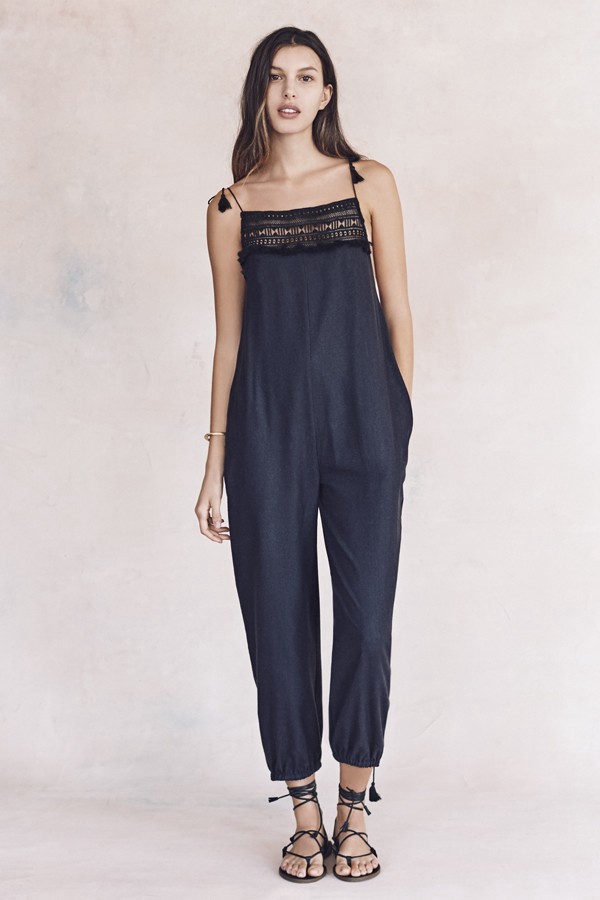
On the back of Madison’s iPhone 6S case, she had plastered an important sticker that read, “Not all who wander are lost.” At the Whole Foods in Gowanus, a store clerk mistook her for a baby and asked if she was missing her mother. Madison, without cause or warning, wet herself.

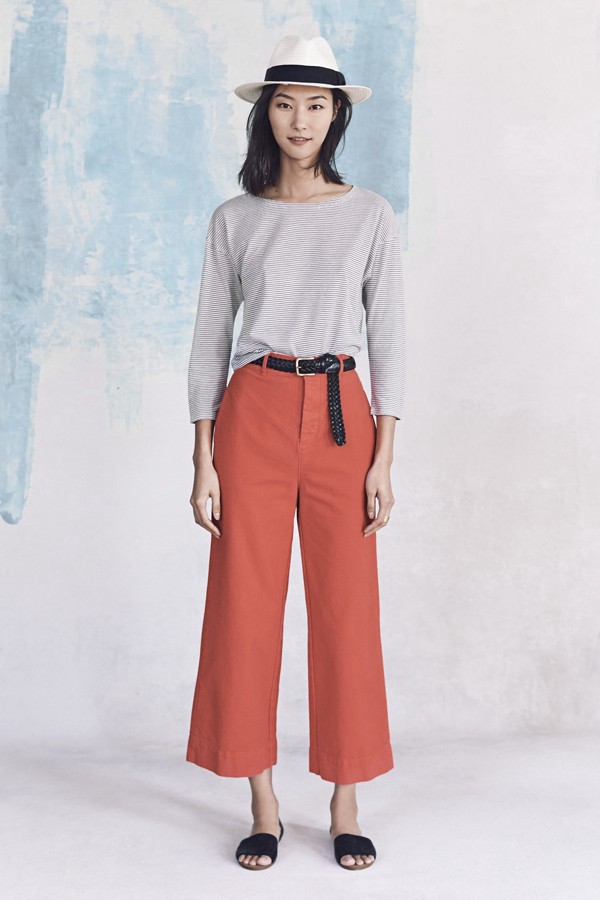
“I’m a jaunty explorer!” Carmen shouted. “Let’s go find some rare treasures!”
The patrons pumping gas at the suburban Long Island gas station looked at each other nervously.

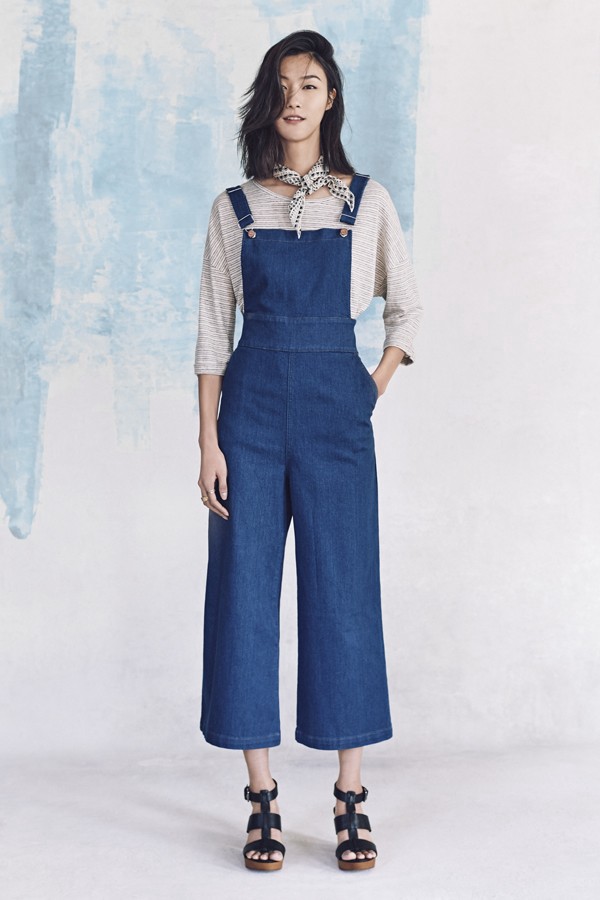
When she was young, Tilly had vivid daydreams of nothing but wild gardens full of azaleas and chrysanthemums and daisies so tall they’d knock you over with their sweet fragrance.
Last night, at her railroad apartment in Ditmas Park that she shares with an aging great-aunt, Tilly had an assplay sex dream about Bart Simpson.


“Jorge, I painted this wall.”
“Anna, I’m glad you did. It looks beautiful.”
“Thank you, I am an artist.”
They scroll through Twitter on separate phones.
“Modern life bores me. Let’s elope.” Anna says without looking up at Jorge.
“But I just ordered Seamless? From the good sushi place?”
She faves a tweet and sighs.

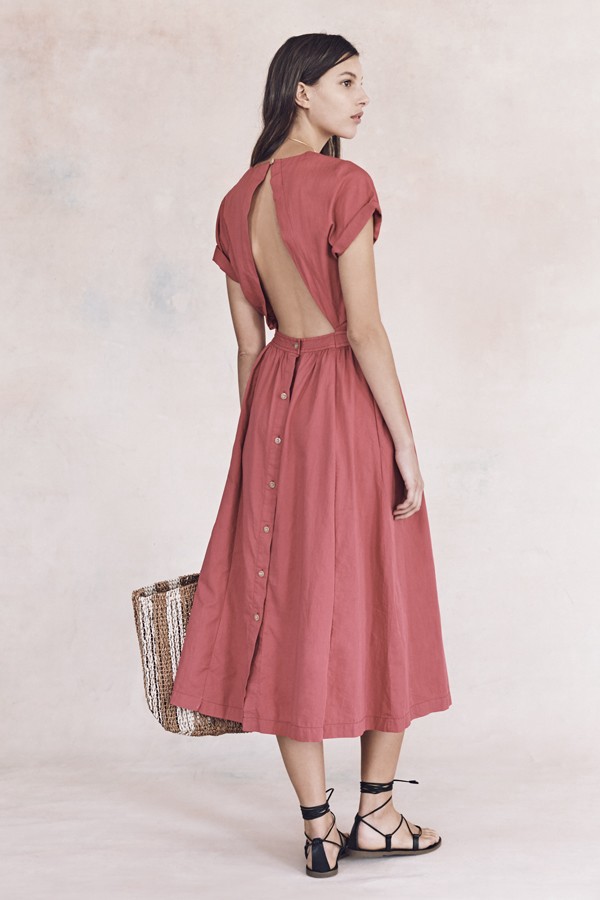
Wistful Evelyn left her small town to make a life for herself somewhere more exciting.
“Bright lights, big city” she mouthed as her plane landed at the Cleveland airport, a twinkle still gleaming in her eye.

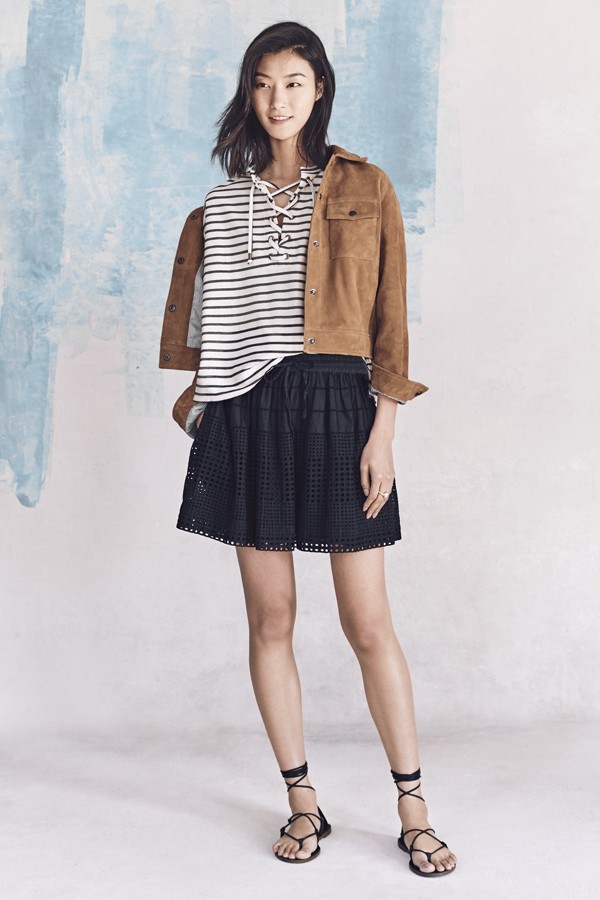
“I don’t let labels define me,” Genevieve explained to her younger sister, Celeste. “So you shouldn’t either.” Celeste had just returned from her first trip to Barcelona, where she’d dined on nothing but jamón and paella and Spanish dong.
“Uh, Genevieve,” she replied. “I hate to be a bitch, but what the fuck are you wearing?”


I am woman. Here me roar.
Spelunking is my passion. Leather slides are my shoe of choice.
Who here wants kombucha?
I brought some.
It’s homemade.
Previously: Several Works of Micro-Fiction Based On the Madewell Fall Lookbook
All photos from the Madewell Spring 2016 Lookbook
The Church, All They Want Is Your Money
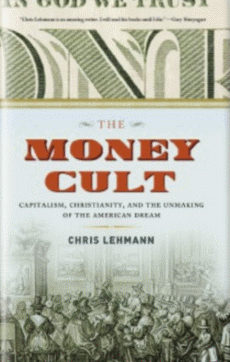
“Protestant piety in United States has had an often fulsome, occasionally fraught, relationship to the quest for material wealth, but never before has it transacted a vision of spiritually sanctioned prosperity on such a blunt pay-to-play basis on such a vast scale. In the not-so-distant past, Oral Roberts — the most prominent prosperity minister in the postwar era — was treated as a late-night TV punchline for mounting a bald fundraising pitch around the threat that the Lord would be calling Roberts home if he failed to meet his allotted quota of $8 million to rescue his eponymous Oklahoma-based university from a sea of red ink. Now, however, the link between the personal discipline exacted by one’s faith and the promised expansion of one’s bottom line is so casually reiterated in the evangelical world that it’s banal.”
— An excerpt from Awl pal Chris Lehmann’s The Money Cult is right here
for your perusal (and pre-order!).
Cool Maritime, "Coast Quest"
Some songs swirl around you, allowing you space alone to face your day and only occasionally popping up to remind you that you are actually enveloped in a series of sounds that are secretly working to make your mood a little brighter. This is one of those songs. Play at medium volume and enjoy.
Alan Rickman, 1946-2016

Depending on your age, the first role you think of when you hear the name Alan Rickman is probably either Hans Gruber from Die Hard or Snape from the Harry Potter movies. But Rickman was terrific in everything he did, particularly Anthony Minghella’s unjustly forgotten 1990 Truly, Madly, Deeply. The movie’s plot makes this possibly a problematic recommendation given Rickman’s passing this morning, but he was so great in it that I think it’s okay. Rickman was 69.
New York City, January 12, 2016

★★ The crosswalk, glimpsed between sneezes in transit, was overexposed into blurriness by brilliant sunlight coming from two directions at once. Forty-five blocks later, the sky was translucently overcast, with blue gaps. Bike messengers were talking about an inch of snow as they pedaled by. White earbud wires snaked in and out of layers of clothing. An armored car sat with one wheel in a cracked, part-frozen puddle. The clouds thickened; the light faded further. Big pieces of garbage began flying up and down outside the third-floor office windows. In the evening dark of the commute, some but not all of the parked cars were beaded with droplets of something that had evidently fallen on them, but a glance overhead to check for more found instead a tiny shining star. At night, the wind battered the apartment and whistled under the door.
Uber Opportunities
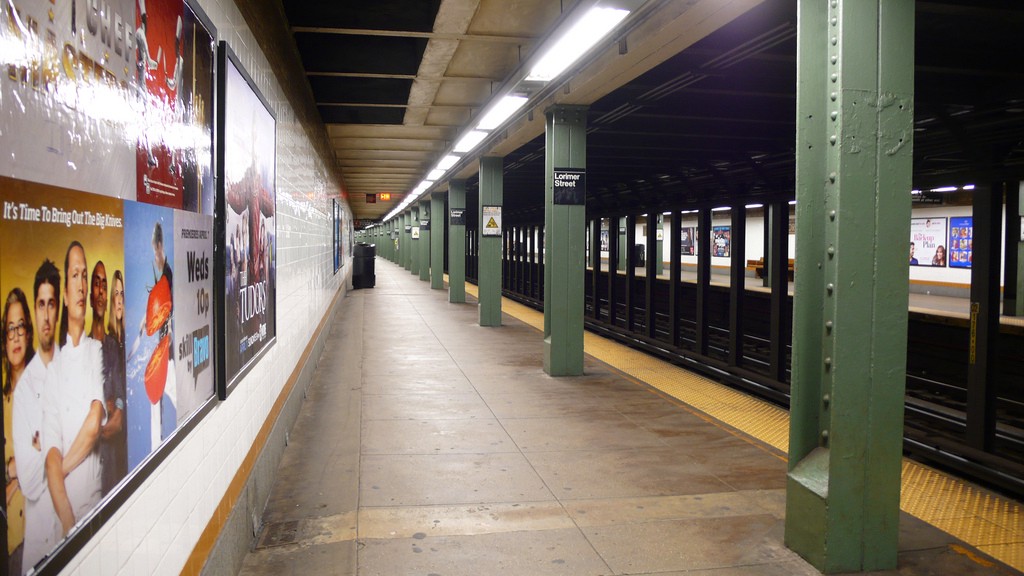
What I’m most curious to see, if the MTA goes through with any of its potential plans that would partly or completely shut down the L train between Manhattan and Brooklyn for repairs starting in late 2017, potentially for years, is not the wailing of the plaidetariat, but Uber’s inevitable response. One can hardly imagine a more remarkable test of its increasingly vocal desire to “bridge the gap” in public transit.
Uber has been fairly full-throated about it in New York in the recent past, after all: It has gleefully offered to temporarily “bridge the gap” (there’s that phrase again) in the MTA’s service with “free transfers” from the G train, and during previous L train outages, five-dollar inter-borough UberPool rides in order to “connect riders with the places, people, and businesses they care about.”
But those outages were exceedingly temporary, confined to weekends, when many of the people trying to get between Manhattan and Williamsburg were just looking to get to $1 oyster happy hours off of Metropolitan Avenue — tiny, well-defined windows of time for pitch-perfect promotional stunts. What the MTA is proposing will derail the commutes of thousands and thousands of workers — L-train ridership stands at three hundred thousand people per weekday, a number that will only grow as developers fix their gaze on Bushwick and beyond — from Williamsburg to Canarsie, possibly for years to come.

Uber’s $5 for 5 weekends zone map during the spring 2015 L train outage
What Uber is being offered now is so much more: an opportunity to put into place every quasi-mass-transit product at its disposal in order to wholly replace a highly visible, tightly circumscribed leg of mass transit, at least for a certain affluent (or aspirational) segment of its ridership. What a beautiful gap to bridge.
Photo by Matthew Rutledge
How to Dress Up Like a President
by Haley Mlotek
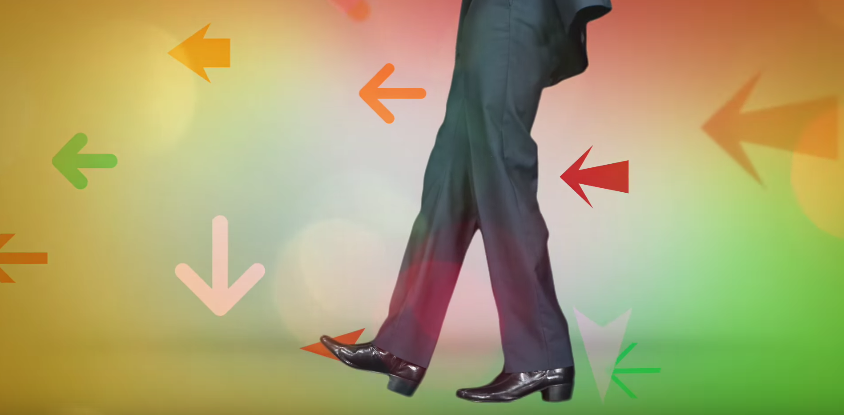
A presidential candidate can wear the same sweater four days in a row. That’s the limit before someone notices, because that’s how many repetitions it takes for someone who wasn’t paying very close attention to realize something has gone wrong; the eye has a way of expecting patterns (faces, locations) while anticipating changes (natural light, bodily adornments). The eye has a way of reading right from wrong.
In any case, Jeb Bush has a favourite sweater. Or Jeb travels light. Or maybe Jeb doesn’t care about clothes; Jeb just puts on the first thing he pulls from the floor in the morning, dropped in a rush the night before, hoping to skip at least one decision before he gets started with his day. Jeb! He’s just like us. Who hasn’t gone a day or three in the same item of clothing, no longer able to smell your own scent or unwilling to feel another texture on your skin, infusing fabric with fortifying powers, am I right?
#Art Basel, Politics & @JebBush! That’s a fine lookin’ sport coat, man! #allin4jeb #jeb2016 #ArtBaselMiami pic.twitter.com/c5SYpp8XUU
— Ann Herberger (@annwherberger) December 5, 2015
I suppose the rest of us aren’t photographed, or planning to be photographed, while campaigning for president of the United States of America. The rest of us only dissect our sartorial choices on a constant, punishing, silent internal loop, which is probably what prevents us from wearing a blazer with our own names embroidered onto the very lining.
Well, whatever. Jeb’s outfits are the least of his worries, but a fair shot is a fair shot and as an elected official he has to know that the contents of his namesake blazer pockets will be headline news, particularly if he carries teeny tiny toy turtles to pull strained smiles from the face of a small child — who looks as though his mom just forced him to hug a distant uncle for the five-dollar bill inside a late birthday card. Jeb once referred to himself as a “joyful tortoise,” another creature unlikely to change its protective and decorative shell. “Slow and steady wins the race,” Jeb wants us to adopt as his personal slogan, a cliché he invokes with such sincerity. Jeb! Change your sweater, Jeb.
A Jeb-affiliated SuperPAC, Right to Rise, just released an ad titled “Boots,” mocking Senator Marco Rubio for wearing what appear to be high-heeled men’s shoes. In the video, a man in a grey suit walks past modified — butchered, really — lyrics to Nancy Sinatra’s “These Boots Were Made For Walking,” while a completely incongruous collection of colours swirl in a way that is perhaps meant to imitate tie-dyed fabrics. Ominous words and phrases, such as “Iran” or “Cap and Trade” or “Immigration” appear beside the dancing legs in a typeface that looks as though someone simply searched “Free 1960s fonts.” Rubio will flip-flop, the lyrics coo, which is like another kind of shoe, which is funny because Rubio has chosen to wear a pair of shoes that are funny, because men don’t wear heels, you get it.
Ted Cruz came for the shoes as well, or at least his communications director Rick Tyler did, via Twitter:
A Vote for Marco Rubio Is a Vote for Men’s High-Heeled Booties https://t.co/nsjEKqLPr4 via TheCut
— Rick Tyler (@rickwtyler) January 5, 2016
In response to speculation (see this Vanity Fair article positing that Rubio had purchased boots from Margiela or, heaven forbid, Tom Ford), Rubio’s campaign confirmed that the boots were purchased at the very modest Florsheims, retailing for about $100. In the same story, Politico makes sure to mention that Cruz’s team comes by their boots critique honestly; they call Cruz a “boots aficionado,” referencing his beloved “argument boots” that he superstitiously wears almost every day he’s in the Senate. Since the story was published on January 7th, writer Eliza Collins has been sure to update it with a correction: “A previous version of this article misstated Cruz’s height,” which was included for some reason. “He is 5-foot-11.”
A man artificially enlarging his height with a platform shoe is pretty rough; the only thing more vulnerable than vanity, in a presidential campaign or in life, is male vanity. Last week Rubio addressed the heels at a town hall in Nashua. “Let me get this right,” he responded, secure that he already was, “ISIS is cutting people’s heads off, setting people on fire in cages. Saudi Arabia and Iran are on the verge of a war.” According to Jeremy W. Peters, a New York Times reporter covering the 2016 presidential election, he continued to list more “grave threats to the country’s safety and stability,” before closing with, “And people were worked up about his boots, he asked, incredulous.” Rubio should reconsider his incredulity; like Sinatra sang in the original song, which I listened to several times yesterday, “What’s right is right, but you ain’t been right yet.”
Out of all the candidates, Bernie Sanders is the one with the most notable fashions in his name, the least notable on his body. As befits a man of his age, stature, and assurance, he dresses with all the confidence of a late-in-life run for president — so, not very well. “Why Does Bernie Sanders Dress Like That?” was the headline accompanying an article by Paul Farhl, a reporter for the Washington Post. “Because He Can.” That statement sounds accurate, although I’m hesitant to call it truth. Farhl goes on to say that his perceived “anti-fashion statements” is evidence of his political purity. No image managers here, I think we’re expected to think. No one who wears a crumpled shirt could be evil.
Back in June, when Jon Stewart was still the host of The Daily Show, he devoted a whole segment to Sanders’ run for president and the resulting media analysis that painted Sanders as a “loon” or some similar strange bird. Stewart said the only reason Sanders seemed so wacky to the entrenched political commenters was because he doesn’t have professional image handlers telling him how to present his face and hair and body to the cameras, the punchline being Stewart’s impression of a beleaguered Sanders image consultant suggesting that he “comb his hair today, and tomorrow, and make it a regular thing.” Stewart seemed to be suggesting that there was something sweet about Sanders’ lack of cosmetic polish. True, although I’m hesitant to call it accurate.
Sanders’ outfits don’t matter, but that hasn’t stopped his official campaign store from capitalizing on the siren song his primary demographic hears whenever a well-sourced cotton fabric novelty t-shirt printed with a politically affiliated message is available for sale online. On his official campaign store website, there are t-shirts simply printed with his logo ($25), t-shirts printed with a rainbow version of the logo (called “Pride,” also $25), baseball shirts ($30), and baby bibs ($15). One t-shirt, in red, is labelled the “Not For Sale” t-shirt, and the same phrase is printed on the back of the shirt, right above the URL for Sanders’ website. On Saturday I passed three young people bouncing down my block, their white Bernie Sanders t-shirts peeking out beneath their jackets, clipboards and signage clasped in their hands. “We’ve got the whole day ahead of us!” one boy said with such enthusiasm that I slipped, and smiled. Despite my lapse in sidewalk etiquette — never let them see you react — I made it to coffee without leaving my signature on their neatly gridded pages. His sneakers were untied.
Much has been made of Sanders’ resonance with young people — the oldest candidate and the youngest voters! — as though the gap between the two isn’t the appeal itself. There’s a certain kind of young person who believes themselves to hate authority, but in fact they take great pride and pleasure in choosing which authority figures to revere as opposed to just mindlessly trusting whichever authority figure is foisted on them. These are the young people who always have a substitute teacher that saved their life, a cool boss who let them sit on the floor while folding t-shirts, the older brother with the backwards baseball hat not afraid to tell your dad he’s full of shit. If, as the copy on Sanders’ web store reads, the sun is “Bern-ing” too bright for your older brother’s eyes, you can purchase the official Bernie Sanders hat ($20).
Likewise, there’s a certain kind of authority figure that derives power presumed to be freely given and thus honourably earned by just “telling it like it is” to a room of rapt eyes and ears, saying what “the man” is too afraid to tell you. This authority figure is also always a man. Stewart was a good example of this phenomenon. So is Sanders. Your dad is going to hate seeing you at the dinner table in that t-shirt.
Politicians — they’re just like us! — have to get dressed. Many of them pick a uniform, efficiency being one of the few styles we’ll allow our elected officials. Much has been made of President Obama’s decision to streamline his wardrobe into only grey or blue suits; he subscribes to the research suggesting that humans — even presidential humans — have a limited amount of decision-making resources at their disposal, and automating as many decisions as possible frees up brain space for bigger, more important decisions. Hillary Clinton’s pantsuits are expected and, at this point, canonical, whether they’re being praised or ridiculed.
Yet while we expect, or demand, predictable uniforms in order to trust presidential candidates, we balk at individual items that point to individualities. The appearance of a shoe, or a sweater, or any sort of aesthetic eccentricity, is always a slip, a gaffe, a fall. Perhaps that’s because we know politicians only have costumes, not uniforms, and any semblance of personality is the unintentional reveal showing the man (or woman!) behind the curtain. When Rubio wears those shoes, or Bush wears that sweater, or Sanders appears in wrinkled slacks, we ask: What is he saying? What lies behind these cotton-coded messages? A presidential campaign has an abundance of words but an absence of language. But the eye has a way of reading right from wrong.
Pomp and Propaganda is a new occasional series about the aesthetics of the 2016 presidential campaign. It is written by a Canadian.
